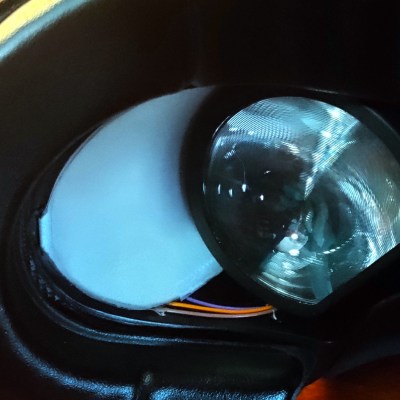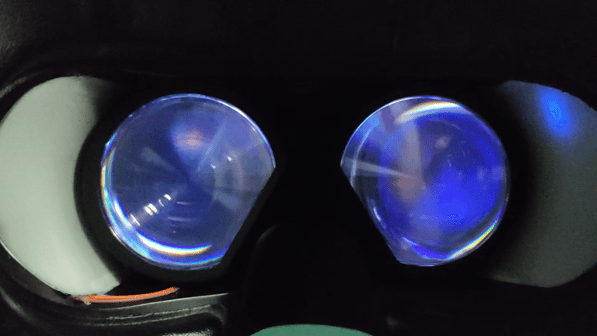Everyone wants a wider field of view in their VR headsets, but that’s not an easy nut to crack. [Statonwest] shows there’s a way to get at least some of the immersion benefits with a bit of simple hardware thanks to the VR Ambilight.

A few years ago the Ambilight showed up as a way to spice up TV viewing by using an RGB strip mounted to the back of the TV. The RGB lighting would create a sort of ambient halo of color around the screen, but the kicker was that the colors were chosen to match what was happening on-screen, giving the impression that the screen content was spilling out into the surrounding area.
It was a neat effect that spawned remakes and improvements, and one day someone got the idea to combine the concept with VR headsets. [Statonwest] added a tiny Ambilight to the Valve Index, making use of the spare USB port on the front of the device which is a nice piece of hacker-friendly design.
The VR Ambilight puts the RGB lighting into the user’s peripheral vision, and just like the original Ambilight, the colors are chosen to match what’s happening at the edges of the on-screen content. It involves only an Arduino, some small RGB strips, and a piece of software. If you’re curious, it might make a good weekend PC VR project. You just might that stuff already hanging around in your parts bin.
If you want to add a DIY Ambilight to your TV, that’s not too hard. The best ones will handle any video source.

















Was just thinking of this after seeing a review of a AR headset with crappy limited view. But also in a decent pair this has great potential. I think we will see this in the next gen of headsets…
“A few years ago the Ambilight showed up”
A few years? The first Ambilight TV’s appeared in 2002.
Tried this myself when Google cardboard came out. Didn’t really work except in a few limited use cases.
And the glare it causes?
I wonder if there’s a purely optical way to accomplish this. You already have a light source right there synced to the color and intensity of the edge of the visual field, all one would really need is a fresnel, maybe a diffuser.
In principle you can put a bunch of lightguides in there, which gather sideways-facing light off the panel and distribute it to the edges of the headset. The issue is conservation of energy – spreading a small amount of light into a large area makes it very dim, it would be right about worthless. It would need its own, powerful light source, and at that point you can just place it outside of the lens assembly and arrive at the same design as in OP.